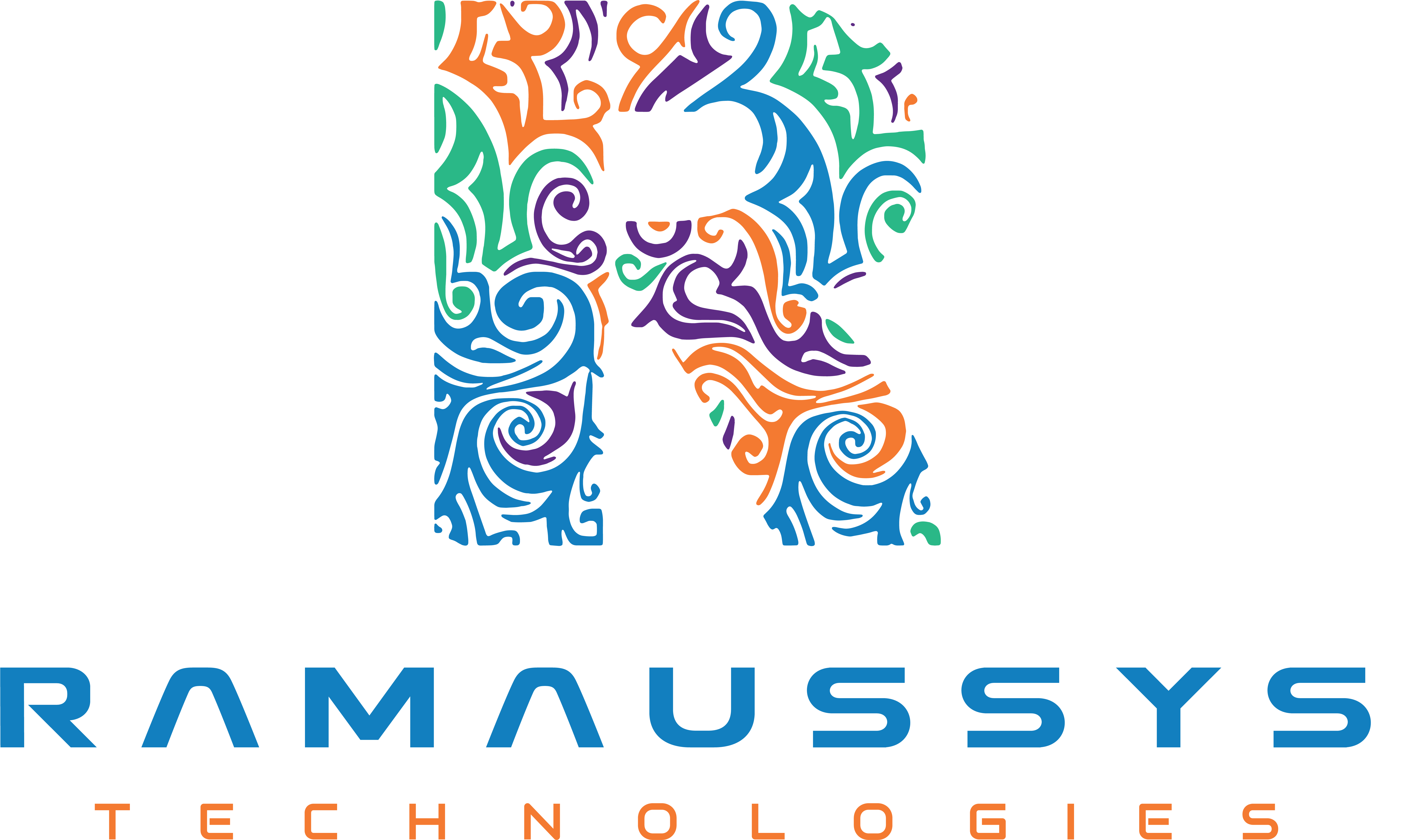The client has an old, cluttered ecommerce site with very high bounce rates and not much customer engagement. Mostly, customers end up getting frustrated and leaving the site without finding what they want to buy. Therefore, they need a revamped website which is more user-friendly and gets the shopper through the process of completing a sale.
Client Challenges
Client Limitations
The current ecommerce site for the client exhibits a very poor loading time and an uninteresting structure design, hence frustrating users from gaining access to products. It has also been observed that the checkout procedure is quite tedious, which leads to cart abandonment. Moreover, limited payment options and poor mobile responsiveness affect both satisfaction and potential sales by customers.
Specific goals
The client aims at a higher conversion where the journey of the user is more simplified and rewarding, in general. The transaction platform should also be mobile-friendly; the payment options should be diverse so that anyone who comes can appreciate the variety in the payment options.
Project Goals
Objectives
The client wanted the navigation process to become simpler and also attractive in the designing terms. Its load times should come down to under three seconds, along with some resultant increase in organic traffic due to efficient SEO strategies in place. It also aimed to improve the conversion rates by reducing the complex checkout processes and integrating some advanced functionalities like product filtering and customer reviews.
Design & Development Process
Research
In the research phase, we did user interviews and surveys to find out the pain points and what is preferred. Further, a competitive analysis was conducted which lets us know the best practices prevailing in the industry. The requirements were gathered from the collaborative workshops with the client, thus making sure of complete comprehension of the goals, what they are after, and even the features they wanted.
Wireframes & Prototypes
The ideas were then translated into wireframes in Figma, primarily focused on key user flows and navigation structure. High fidelity prototypes were built to visually represent the design and functionality and invited iterative feedback and refinement before development.
Tech Stack
We used the frontend in the project with HTML, CSS, and JavaScript while applying mainly React as the framework on the back end. We used Node.js with Express, MongoDB as the database, and RESTful APIs for the easy integration of data.
Challenges
Some of the biggest challenges were maintaining design integrity while ensuring mobile responsiveness-one that we accomplished after stringent testing and iteration; and multiple integration of payment gateways, a challenge that we overcame by getting established APIs with proper documentation, thereby facilitating an otherwise much smoother implementation process.
Features Implemented
Finally, we have added dynamic features of content that helped us to recommend products based on the behavioral responses of users. Also, it had sophisticated security such as SSL encryption and secure payment processing to make sure the transactions were safe and the users were secure from misuse.
Development Approach
Methodology
We used the Agile approach, that is, Scrum, where development occurs in cycles with continuous feedback. Such a way of using methodology permits the ability to be flexible and adjust with a project while working on a project-what the clients want most efficiently.
Workflow and communication with client
We structured the workflow using regular sprint cycles and ensured that every second week we met to give updates while taking feedback. Project management tools like Trello and Slack assist in communication so that transparency is kept while all people collaborating are involved in the development process.
Tools & Platforms
We designed the website from scratch. So, we had all the leverage to use the best of React for the front end and Node.js for the back end. Therefore, this custom solution by passed all the constraints which the traditional ecommerce websites had in store, like WordPress or Shopify.
Results
Outcome
Organic traffic increased by 40% and conversion rates were raised by 25% within just three months since it was launched. The average loading of the pages improved to 2.5 seconds, significantly making it retain customers. Furthermore, user engagement metrics – how long did people spend on the site – increased by 30%, an indicator of a great shopping experience.
Client Feedback
Working with the team on our ecommerce website was a transformative experience. Their attention to detail and commitment to understanding our needs led to a platform that not only looks fantastic but also performs exceptionally well. We’ve seen huge increases in traffic and conversions, and the after-support has been invaluable. Highly recommend Ramaussys Technologies.

